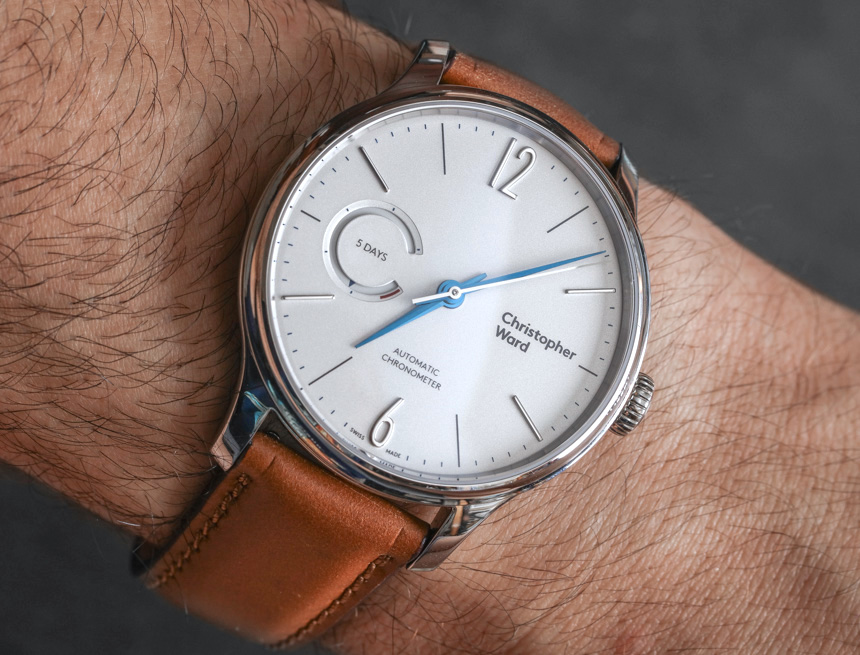
There is no denying that the Christopher Ward C1 Grand Malvern Power Reserve is a lot of watch for the money. At under $2,000, you get a pretty decent in-house made movement, elegant dial, skillfully designed case, and some welcome character. This is all part of a quickly evolving London-based Christopher Ward brand, which is rapidly shedding some of its former skin as a maker of less expensive lookalike pieces hanging on the popularity of other designs, and truly coming into their own.
Christopher Ward has been trying to reinvent what the British dress watch (for regular people) is over the last few years. The design language that the company has been experimenting with is clearly evident in the C1 Grand Malvern Power Reserve, including the style of the hands, hour markers, and overall theme which is clearly classic, but with a bit of a modern twist that the brand hopes will be increasingly associated with the Christopher Ward name.
The C1 Grand Malvern Power Reserve is actually the first product in the still new C1 watch family. As mentioned above, Christopher Ward has come far enough along to have a unique case, movement, and dial for this collection. Even the “C” shape of the power reserve indicator on the dial is meant to stand for “Christopher.”
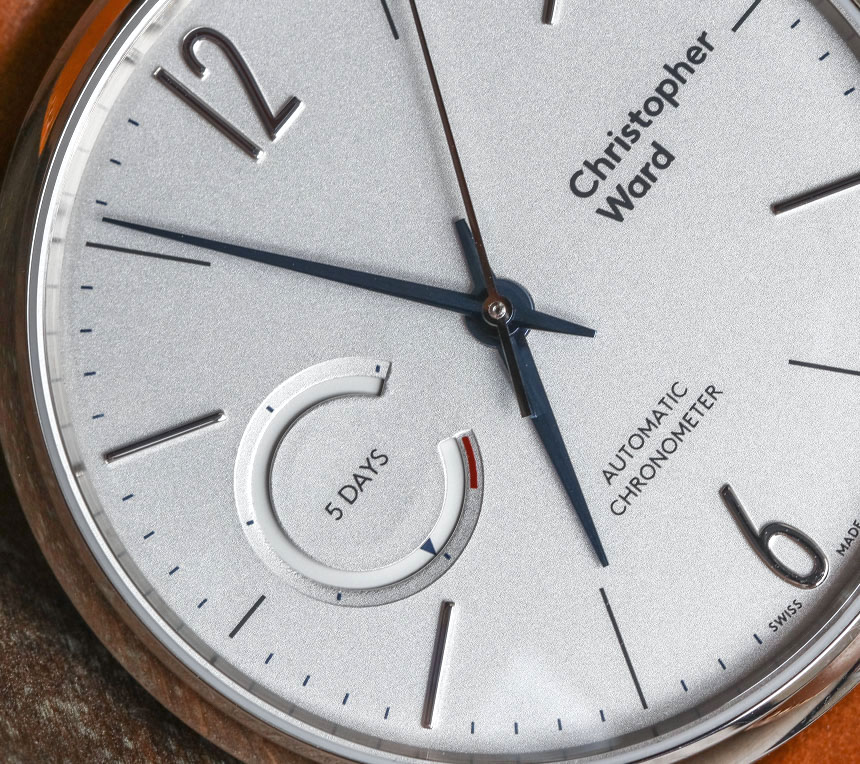

Christopher Ward’s lead designer Adrian Buchmann (who is from Switzerland, of course) says that he is proudest of the C1’s case. It is indeed a good design that cleverly does a few things well. If anything, the slick case design prevents the watch from seeming dull when viewed from angles. There are a lot of watches out there with very boring cases. More and more, I judge even simple watches such as this, which are meant for formal to business casual wear, not only on their dial and movement, but also the visual interest of the case that they are housed in. Starting at about the $500 price point, a consumer should expect interesting case designs for their watches.
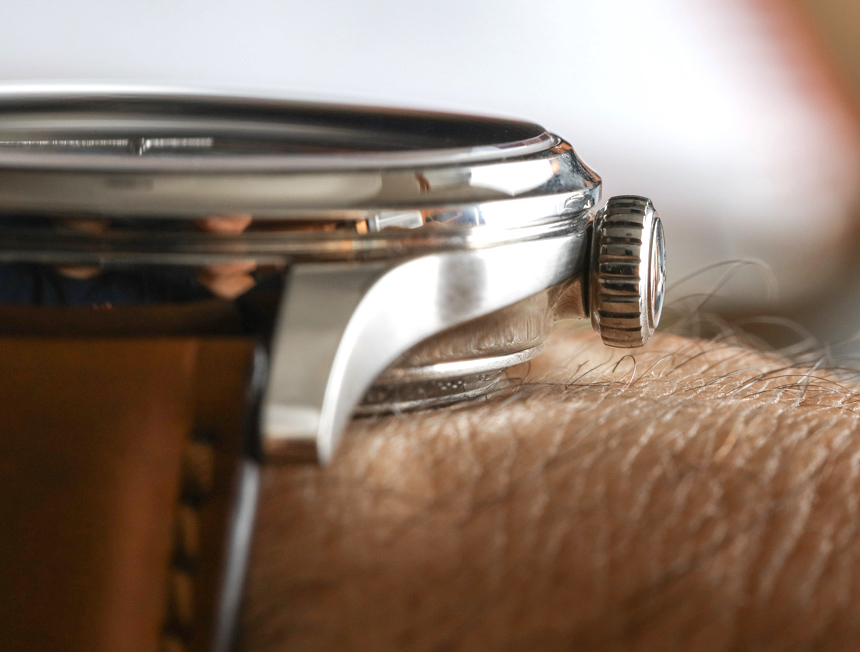
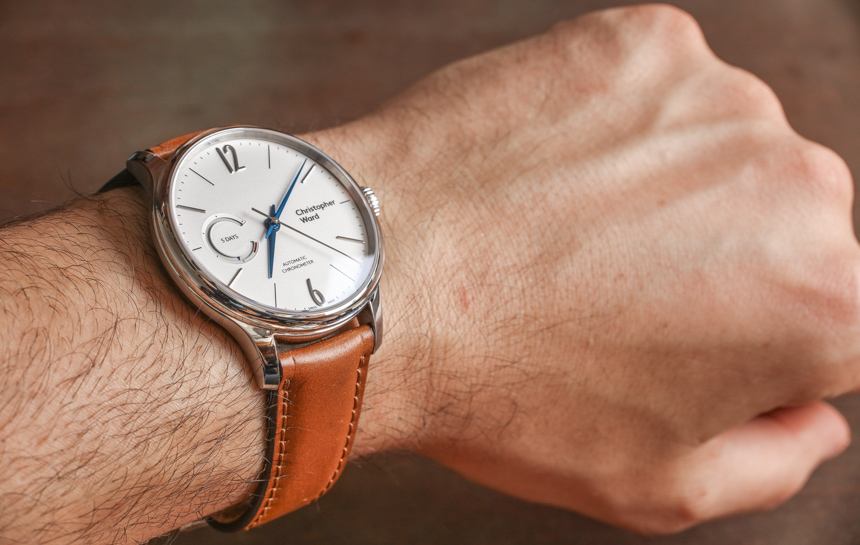
The Christopher Ward C1 Grand Malvern Power Reserve case is 40.5mm wide, but actually rather thick at 12.8mm (water resistant to 30 meters). The thickness is due to the inherent size of the caliber SH21 movement which is inside of it. What Buchmann did so well was to design the elegant steel case so that it actually looks thinner than it is – especially when worn on the wrist.
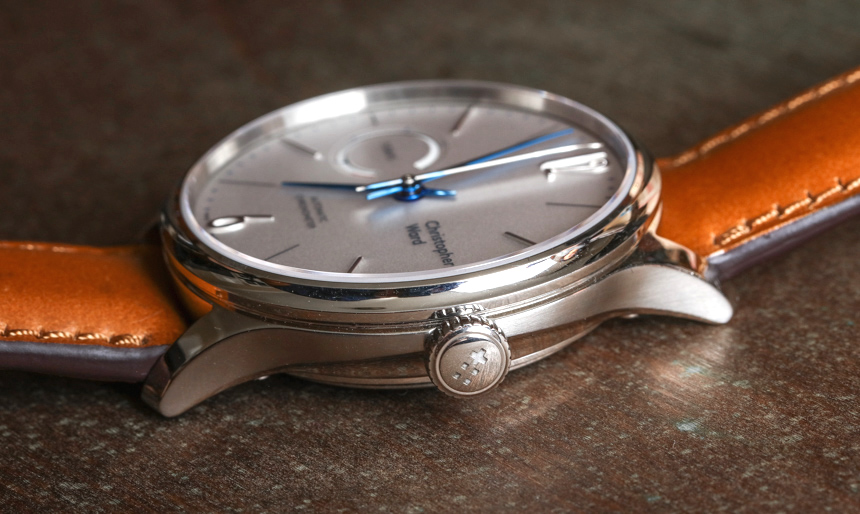
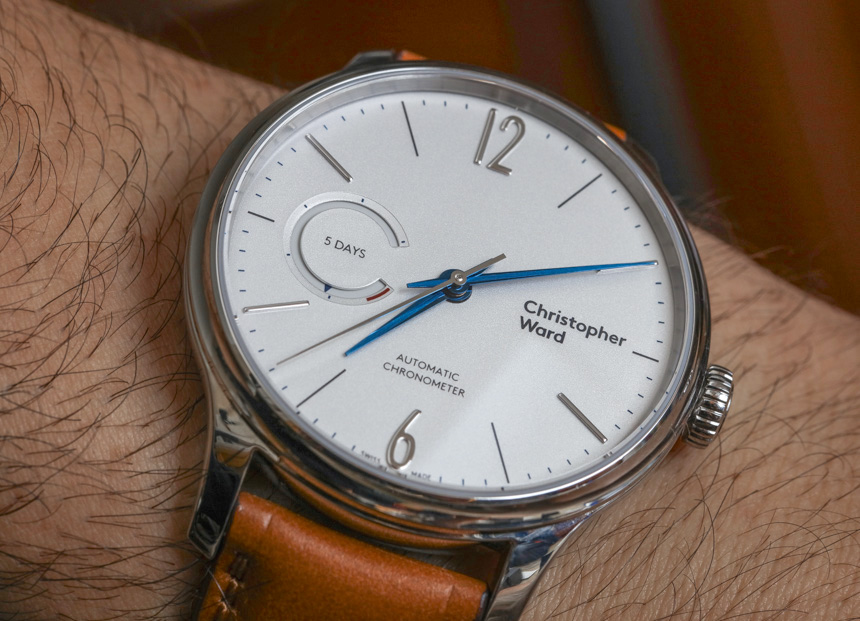
Look on the side of the case and you’ll see a long swooping line done in a brushed versus polished finish. The line extends through the length of the lugs, and creates a visual sense that the case is longer than it is, while at the same time distracting from the height. The case also flairs a bit at the middle, which means the back of the case is a bit narrower, which also leads to the sense that the case is thinner than it is. You also need to take into account the design and size of the lugs, as well as the steeply sloped polished bezel. Together you get a look which is familiar and satisfying, but upon close inspection is something which you can only get from Christopher Ward.
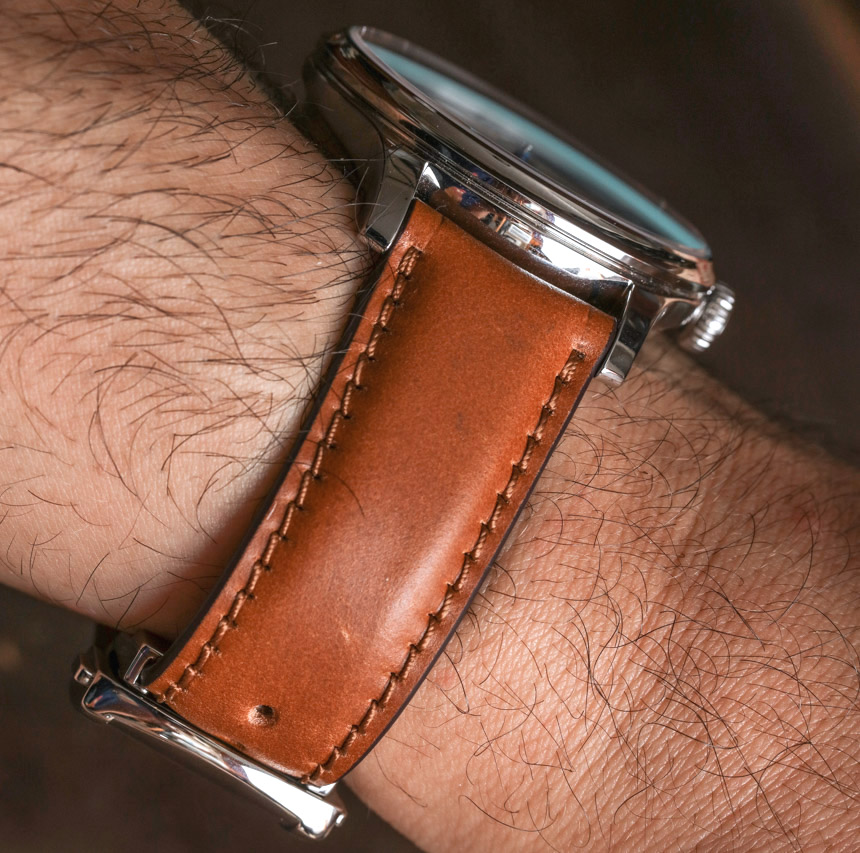
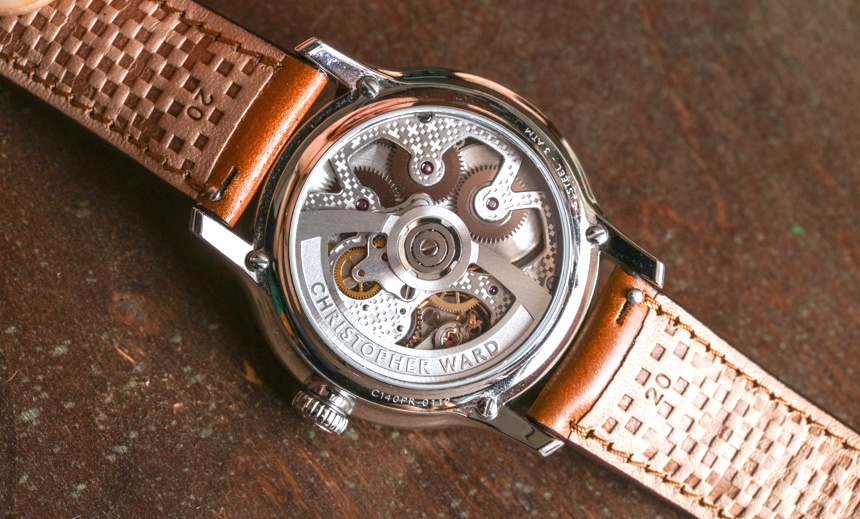
With widely spaced lugs and the thickness of the case, the 40.5mm size wears a bit on the larger size, making it good for a wide assortment of wrist sizes. You can see the movement through the rear of the case via the sapphire crystal window, which helps you realize that the movement really is taking up most of the case. The SH21 is a good looking mechanism for the money, and its tech specs are easily enough to wow most consumers at this price point.
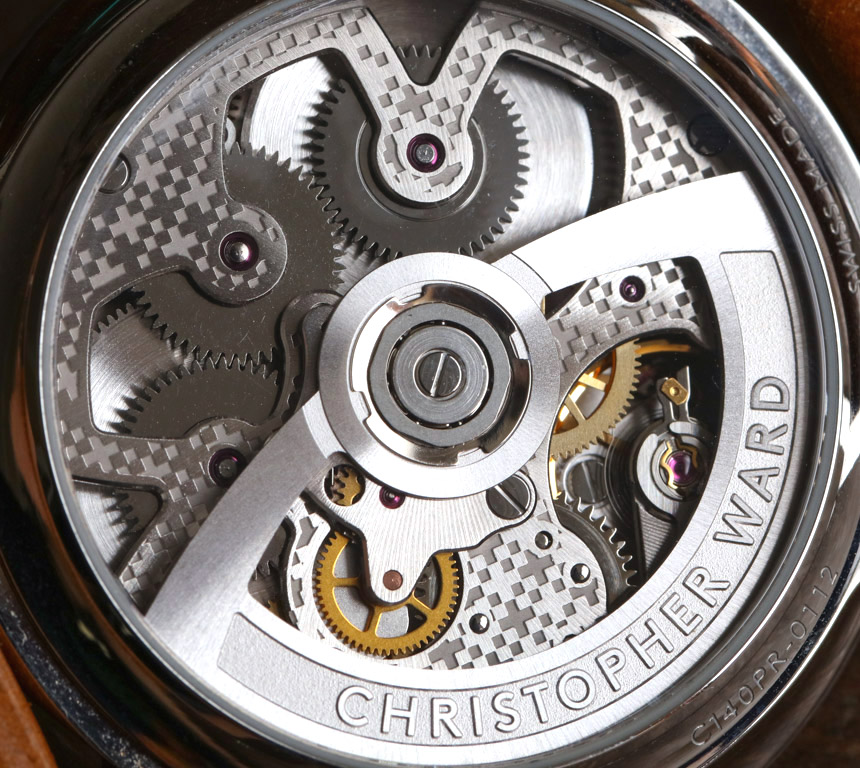
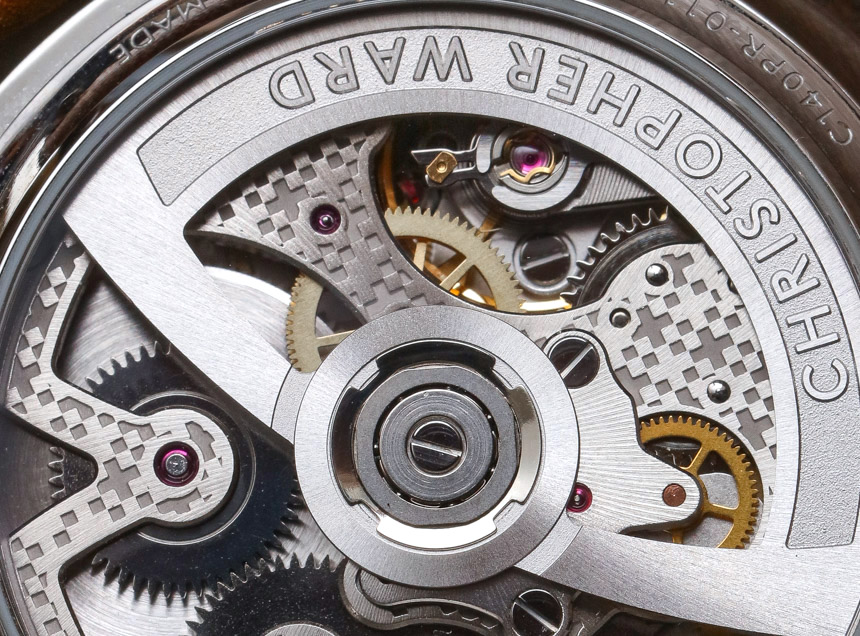
Christopher Ward still insists on calling the SH21 the exact same thing no matter what complications it has. “SH21” is really a base movement which various modules are built on top of. For the C1 Grand Malvern Power Reserve (as the name implies) the main complication aside from the time is a power reserve indicator. According to Christopher Ward, the addition of the power reserve indicator required 28 additional elements to the base movement.

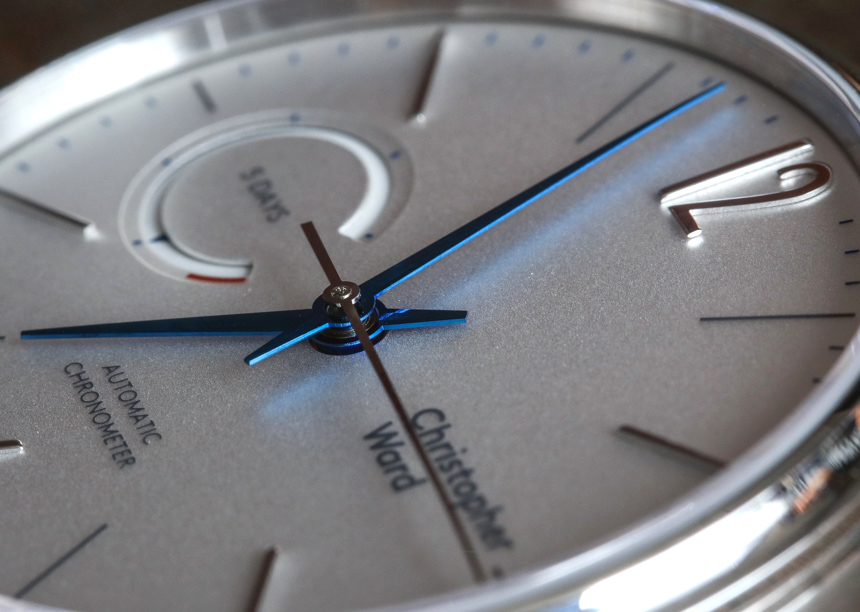
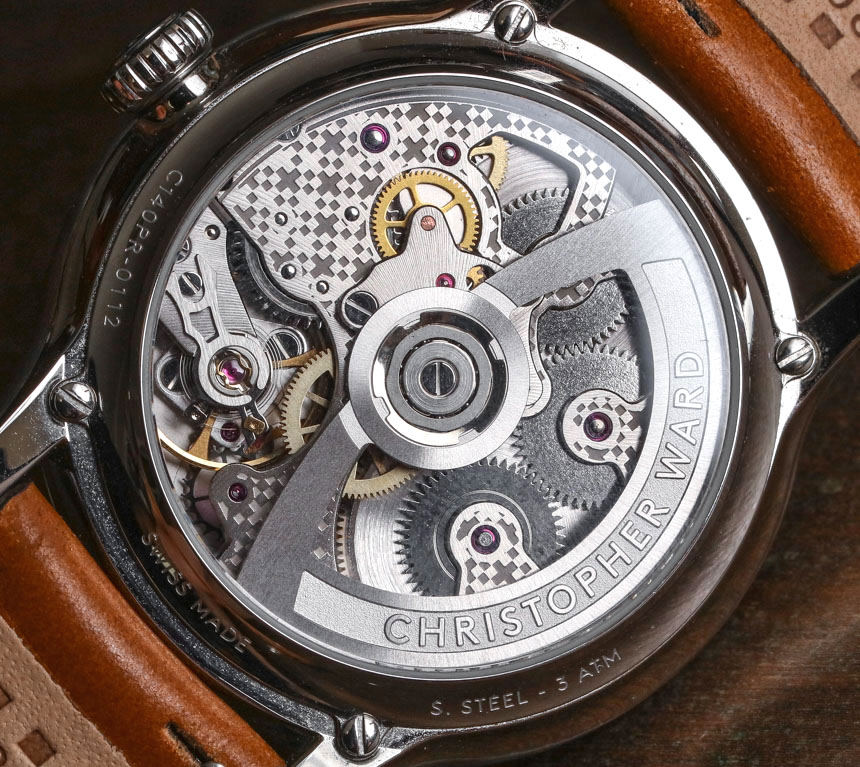
Operating at 4Hz (28,800 bph), the automatic SH21 is most impressive for its 120 hours (five days) of power reserve. Back in 2014 I reviewed the Christopher Ward C9 Harrison watch which actually debuted the SH21 movement overall. At the time, I believe that I mentioned how a power reserve indicator would be a nice feature to add to the movement. Now a few years later I finally got it, and in a watch that the C9 Harrison eventually evolved into (the C1 Grand Malvern). It is important to further mention that the SH21 in the C1 Grand Malvern Power Reserve is a COSC certified Chronometer (with a label to indicate as such on the dial).
